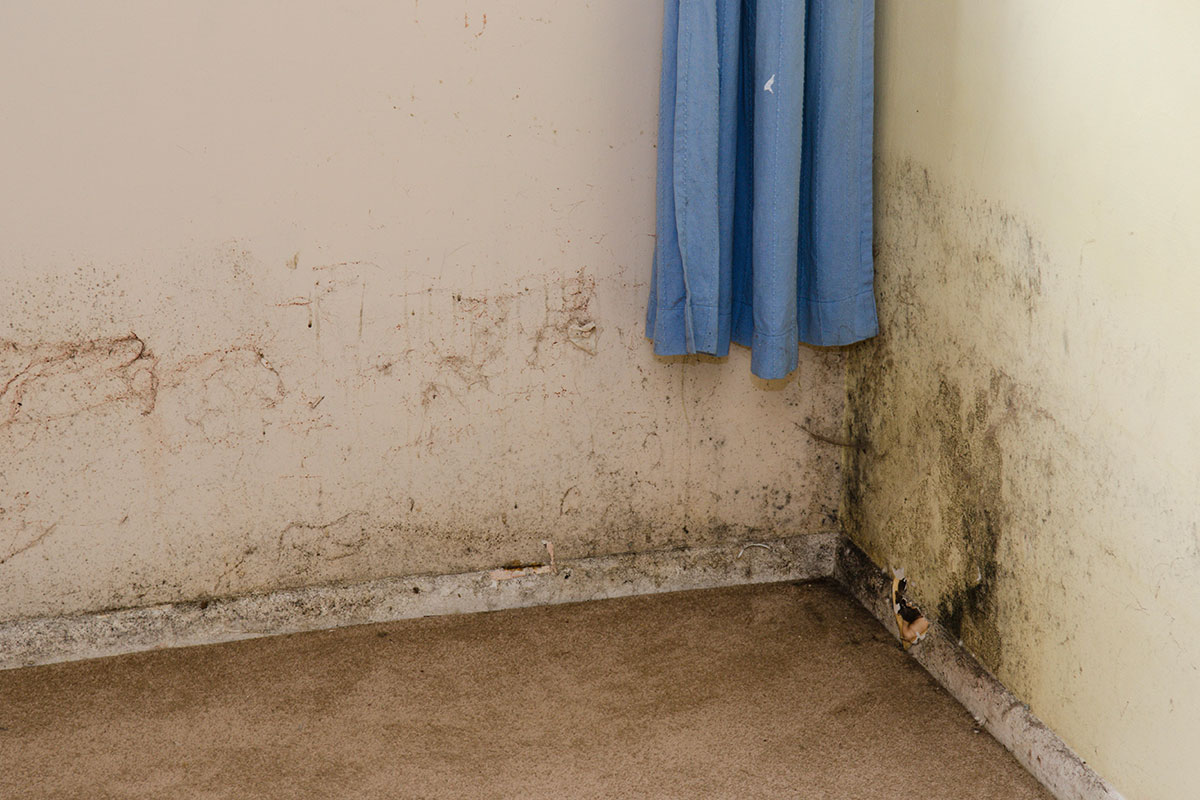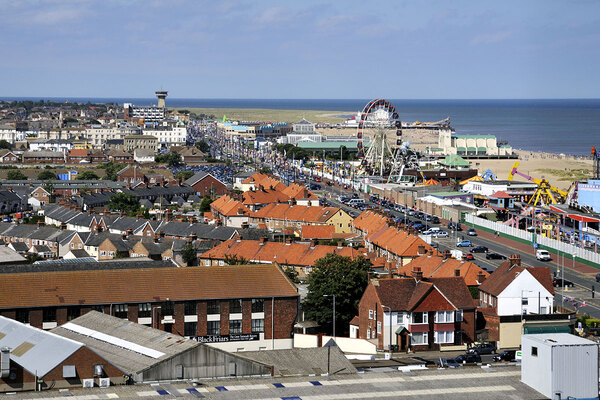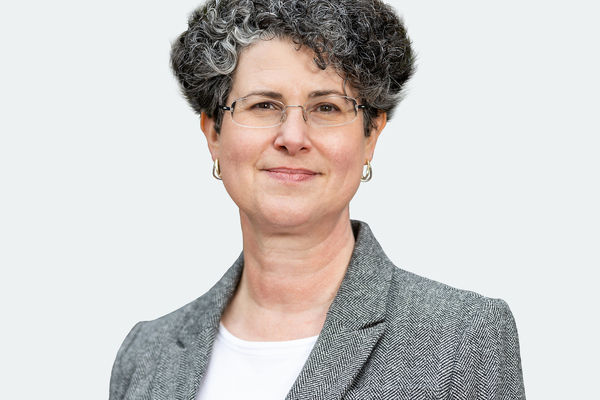Regulator orders landlords to submit evidence on damp and mould risk assessments
Landlords have been ordered to submit evidence to the Regulator of Social Housing (RSH) to show they have systems to identify and deal with damp and mould in homes.
The order comes following a coroner’s report last week on the death of two-year-old Awaab Ishak. The verdict concluded that he died as a result of a severe respiratory condition caused by “prolonged exposure” to mould in his home.
The mould was reported to landlord Rochdale Boroughwide Housing (RBH), but the coroner concluded that a lack of action from the housing association meant Awaab continued to be exposed to harmful mould.
In a letter to providers, Fiona MacGregor, chief executive of the RSH, said that housing associations and local authorities must supply evidence by 19 December showing they have appropriate systems in place to tackle damp and mould.
The RSH said that it will review the information submitted and, where there is evidence that providers are not meeting regulatory standards, it will take appropriate action.
Ms MacGregor, who announced earlier this month that she is staying on as chief executive of the RSH, said: “The tragic case of Awaab Ishak has rightly focused attention on the responsibility of all registered providers to ensure that the homes they provide are well maintained and of a decent standard.
“The case demonstrates the serious effects that having damp and mould in homes can have on people’s health and highlighted once again the importance of providers listening to their tenants’ concerns, understanding their diverse needs, removing barriers to accessing services and responding promptly.”
In separate letters to large and small providers, Ms MacGregor said that Awaab Ishak’s case showed the serious effects damp and mould can have on people’s health and has highlighted the importance of providers listening to their tenants’ concerns and responding promptly.
Ms MacGregor said that damp and mould are potential hazards under the Housing Health and Safety Rating System. Failing to address them could lead to a failure of the Decent Homes Standard and the regulator’s Home Standard, she added.
All providers should have systems in place to ensure that their homes are free from hazardous levels of damp and mould, and to deal with cases promptly and effectively, she said.
Ms MacGregor said that the number of cases of damp and mould is likely to increase during winter, so landlords should have a comprehensive understanding of the issues and take action to remedy them.
She asked the chief executives of large RPs to provide information on their approach to assessing, and their most recent assessments of, the extent of damp and mould issues affecting their properties.
Ms MacGregor said that RPs should provide information on the actions they are taking to tackle any issues and hazards, and individual cases of identifying and promptly and effectively dealing with damp and mould when raised by residents.
She said that providers should send this information by 19 December and support it with recent data – and if data is not available, this should be noted.
Ms MacGregor said that the regulator will review all the information provided and may request further information if necessary. Should an RP identify that its homes do not meet the relevant standards, it should self-refer immediately, she said.
“I look forward to receiving your data and working with you to improve conditions for tenants and residents – ensuring they are treated equitably and with respect, there are no barriers to reporting problems, and that their concerns are appropriately addressed,” Ms MacGregor said in the letter to the chief executives of large RPs.
The regulator’s letter to RPs follows housing secretary Michael Gove urging social landlords to “absorb the lessons” from Awaab’s death by taking the issues around damp and mould “seriously”.
Over the weekend, RBH’s board sacked chief executive Gareth Swarbrick after it initially backed his decision to remain in the role.
Sign up for the Social Housing Annual Conference 2022
The Social Housing Annual Conference is the sector’s leading one-day event for senior housing leaders, which delivers the latest insight and best practice in strategic business planning. The conference will provide multiple viewpoints and case studies from a variety of organisations from across the housing spectrum, including leaders in business and local and central government.
Join your peers for a full day of intensive, high-level learning, networking and informed debate addressing the most crucial topics surrounding finance, governance and regulation to help the sector understand and manage the pressures it faces.
Find out more and book your delegate pass here.
RELATED







